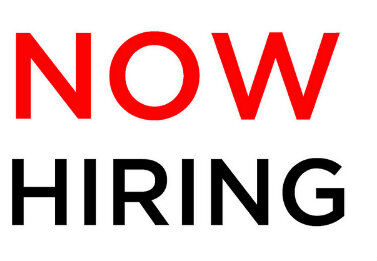

A business’s payroll is often one of its biggest expenses, so any way that business leaders can cut costs and improve the bottom line is certainly an attractive option. They have begun turning to Big Data as a way to hire the people they think will be the best for open positions. Using what’s known as “People Analytics” enables managers to better identify workers who will not only stay with the company for a longer period of time, but ones who will thrive and enjoy their stay. In one example, Xerox was able to use Big Data to roughly double the number of employees who stayed for longer than six months at its call centers.
The method by which this data is collected varies from company to company. Some base their analytics simply on job applications submitted to the company. For example, if graduates from a particular university have a history of good work at the business, the data will show that and boost a fellow graduate’s chances of being hired. In a more unusual example, other companies have actually turned to video games as a hiring tool. One tiny company called Knack has applicants play two video games–Dungeon Scrawl and Wasabi Waiter–as a way to measure their creativity, persistence, and even personality. The company’s leaders say they can get enough megabytes of data from two simple games to determine someone’s leadership abilities and inventiveness.
While the use of Big Data as a means to predict an employee’s performance may seem strange, such practices aren’t necessarily new. Sports teams routinely put prospective players through numerous tests and drills to see how they may fare in a real game. It was also considered normal for businesses in the 1950s and 60s to have applicants take IQ, math, vocabulary, and professional-aptitude tests along with other questionnaires and evaluations. People Analytics is merely a return to what is regarded as a scientific approach to hiring.
Big Data has other important uses besides hiring the best person for a specific job. The data can also be used for employees already within the company to find the best area where they would excel. Analytics can also help employers get a better idea of what to pay their employees and increase the diversity of the working place. With all these factors playing a big role in a business’s operations, many companies who employ Big Data hiring practices have found they have a competitive advantage over others.
But with all this new data being collected, it has to be stored somewhere. While many companies use cloud storage as their primary tool, this method leads to some notable problems. Storage on the cloud can lead to performance issues; the more data stored and analyzed, the slower the process becomes. Similar problems can be found when data is stored in a network. To solve the issues, many companies are now utilizing flash storage devices that are able to find and process information at a much faster rate. Flash systems are now being looked at as replacements for the more conventional hard drive space. By using flash storage in conjunction with analyzing the data, businesses will be able to break down more information in connection to hiring prospective employees.
As word of the usefulness of Big Data with human resource departments continues to spread, more and more companies will turn to computer systems and formulas to help determine which applicants to pursue. Advancing technology is also having a big impact, whether it be flash or Hadoop-in-the-Cloud, allowing more companies to take advantage of these new ideas and practices. While it may still be a new field, businesses are already seeing results as they look to cut down on the costs and risks involved in hiring new workers.